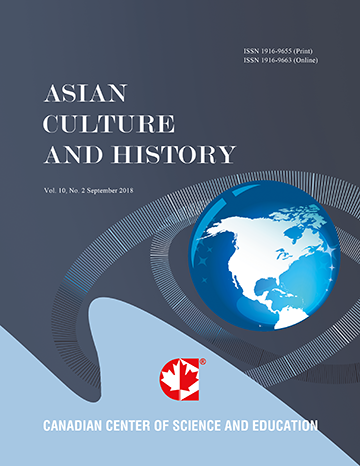A Brief Overview Comparing the Core Theories, Cultivation Practices and the Interrelationships of Buddhism, Daoism, Brahmanism and Yoga
- Shaun C. R. Ramsden
Abstract
Philosophical systems of the East have long been researched in the West. With the flux of recent scholarship, especially in the last fifteen years, many new discoveries have been made. These discoveries have shed much light on comparative studies and reveal many new and previously unknown connections. This paper has used the scholarship of various contemporary authors to compare and contrast the main philosophical systems of the East which includes Buddhism (both Theravāda and Mahāyāna), philosophical Daoism, Brahmanism, yoga and sometimes Jainism. This paper has used as many early classical textual references as possible from a variety of sources to establish precisely and clearly what the various ancient philosophies were and how they were used. The paper not only compares their theories but also their techniques of cultivation. Comparisons are made between, the idea of a self/soul or no-self, the notion of liberation, the use of breathing techniques, the theories of sending energy in a certain direction and the different key textbooks used by the varying philosophical systems. The key findings are that even though each system is different to the other, they have also taken ideas and concepts from each other and mixed them into their own systems of cultivation. They do though seem to all share one common denominator which is at their base and this is that they all follow some form of theory related to the concept of non-action.
- Full Text:
 PDF
PDF
- DOI:10.5539/ach.v14n1p16
Journal Metrics
Google-based Impact Factor (2017): 5.42
h-index (January 2018): 11
i10-index (January 2018): 21
h5-index (January 2018): 6
h5-median (January 2018): 9
Index
- Academic Journals Database
- CNKI Scholar
- COPAC
- EconPapers
- Elektronische Zeitschriftenbibliothek (EZB)
- Excellence in Research for Australia (ERA)
- Genamics JournalSeek
- Google Scholar
- Infotrieve
- LOCKSS
- MIAR
- NewJour
- Open J-Gate
- PKP Open Archives Harvester
- Publons
- RePEc
- Scilit
- SHERPA/RoMEO
- Standard Periodical Directory
- Technische Informationsbibliothek (TIB)
- The Keepers Registry
- Universe Digital Library
- WorldCat
Contact
- Ivan YongEditorial Assistant
- ach@ccsenet.org
